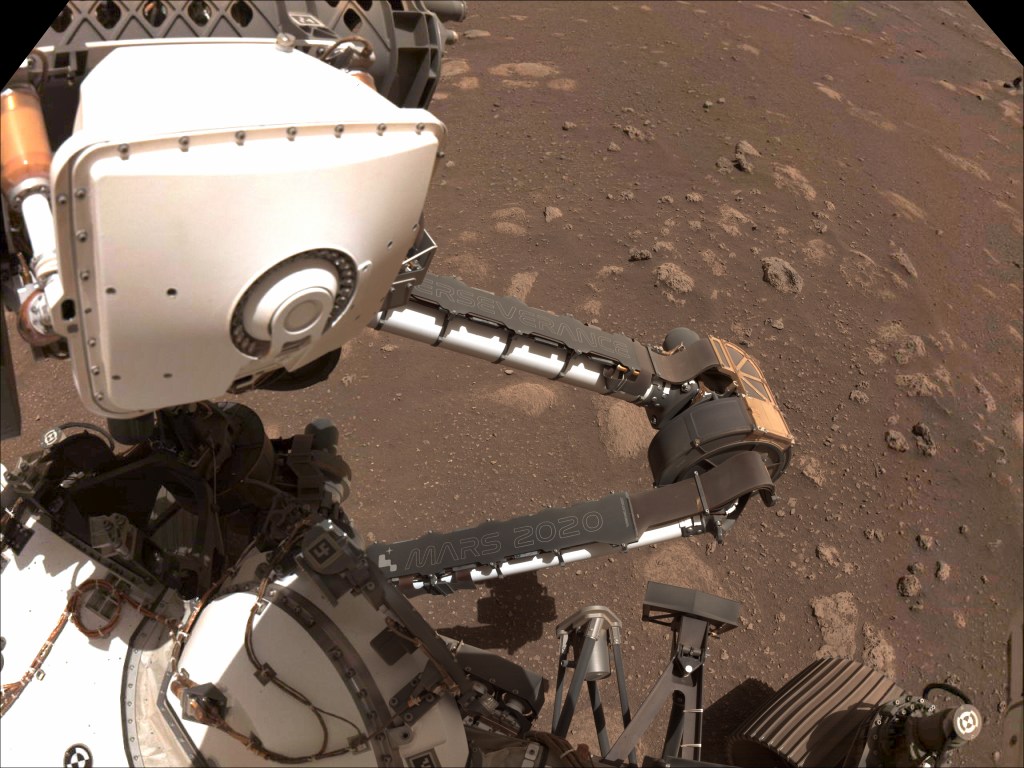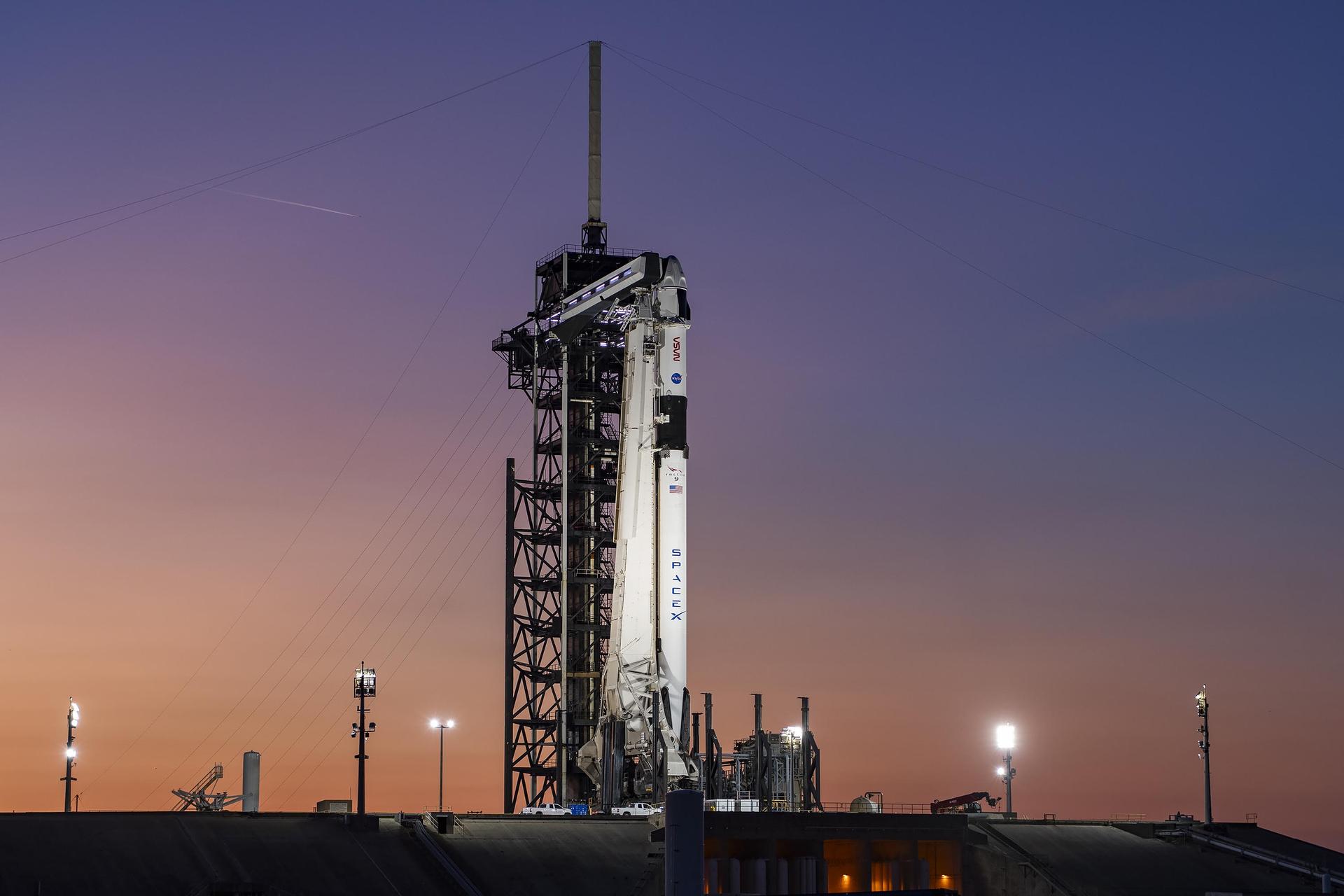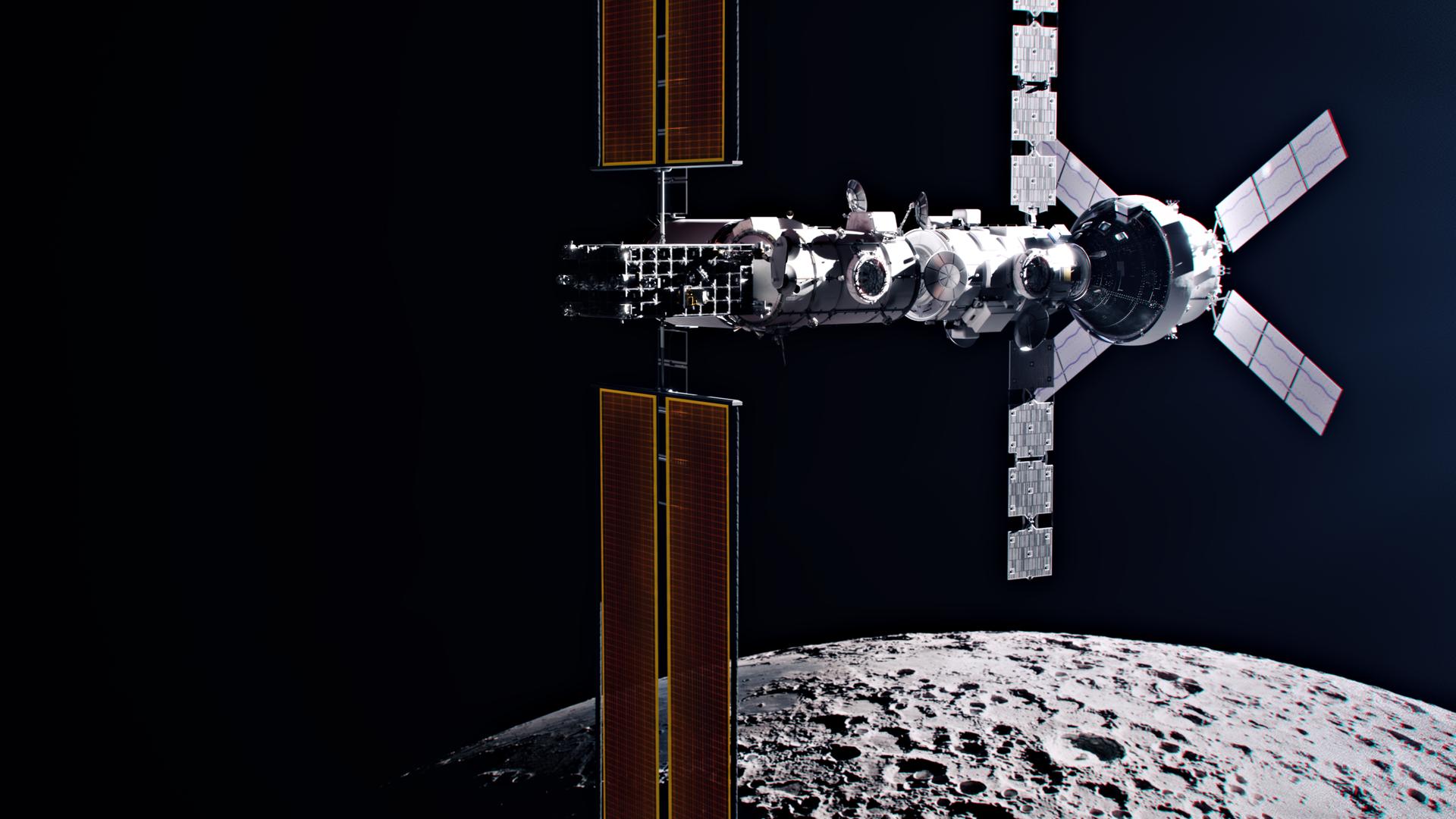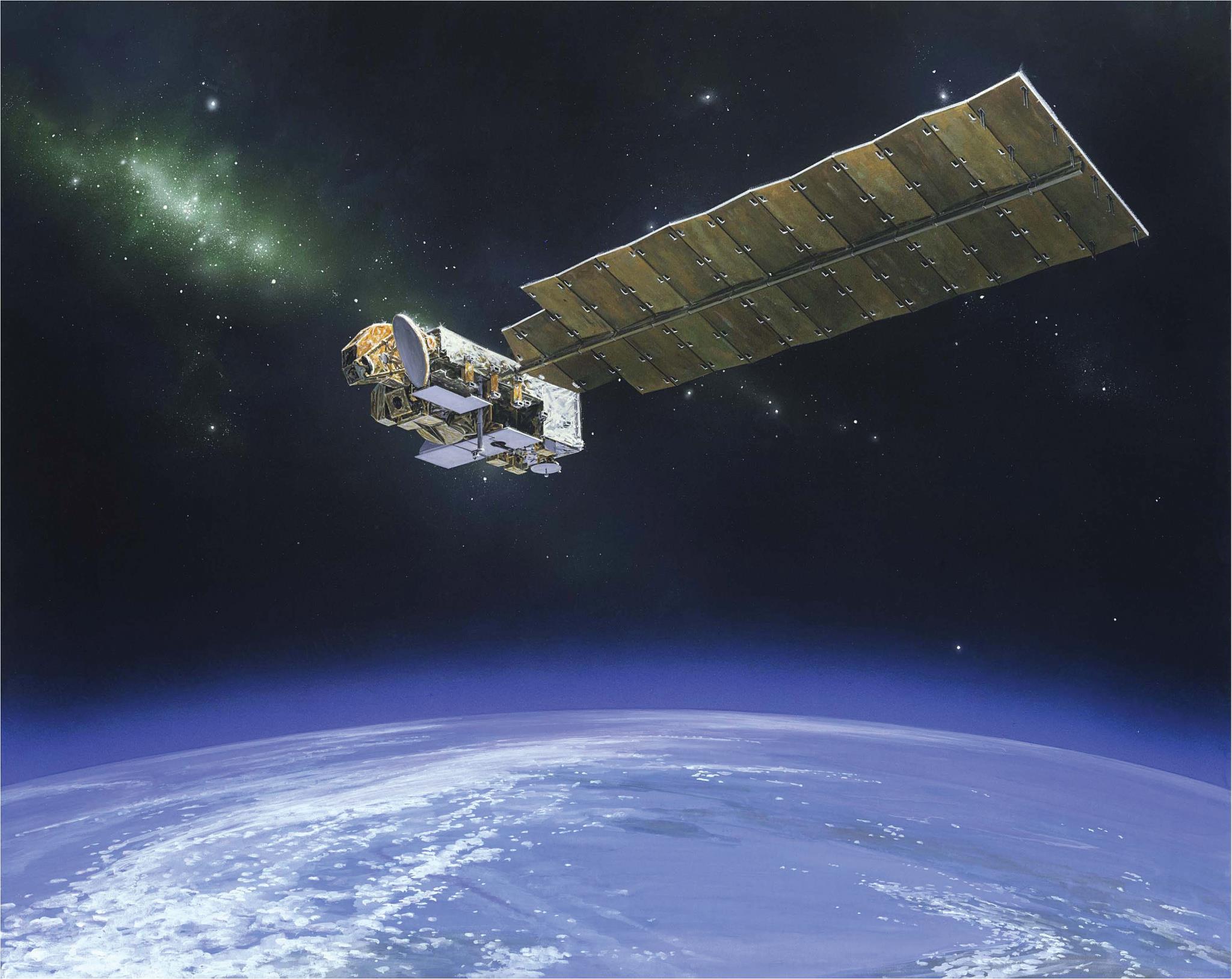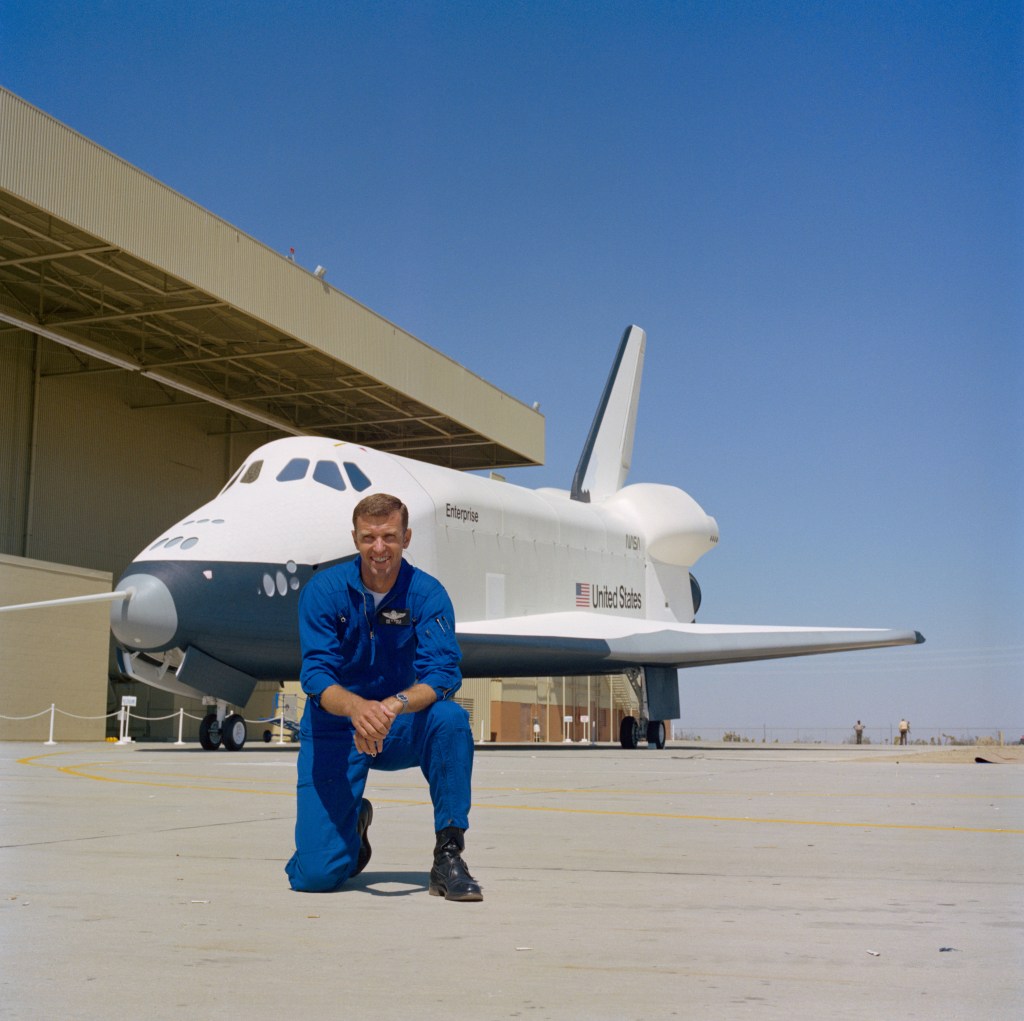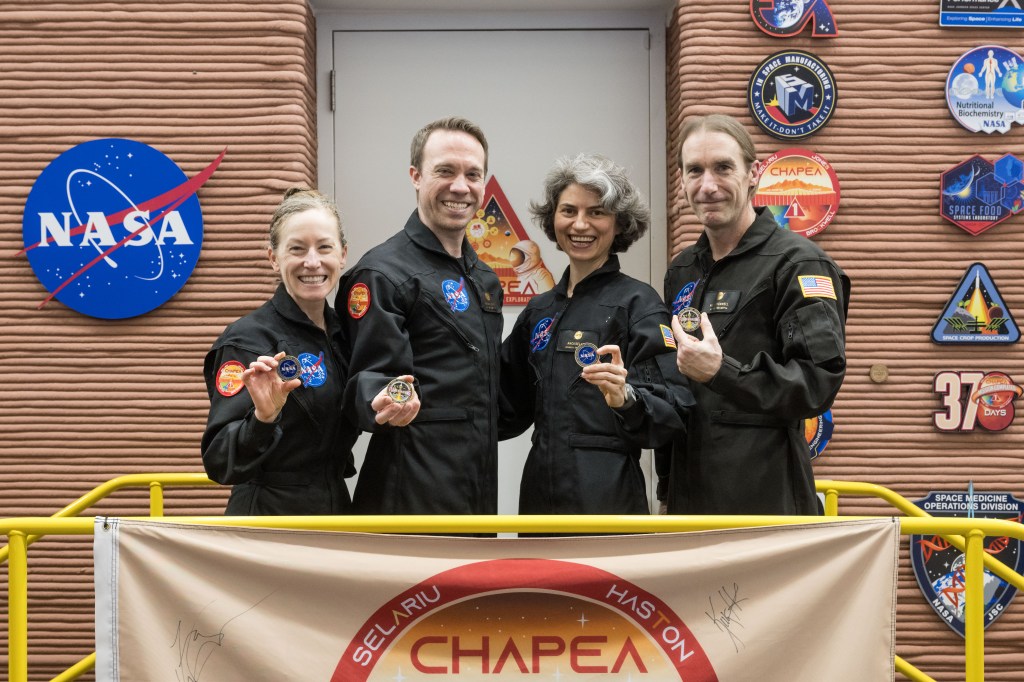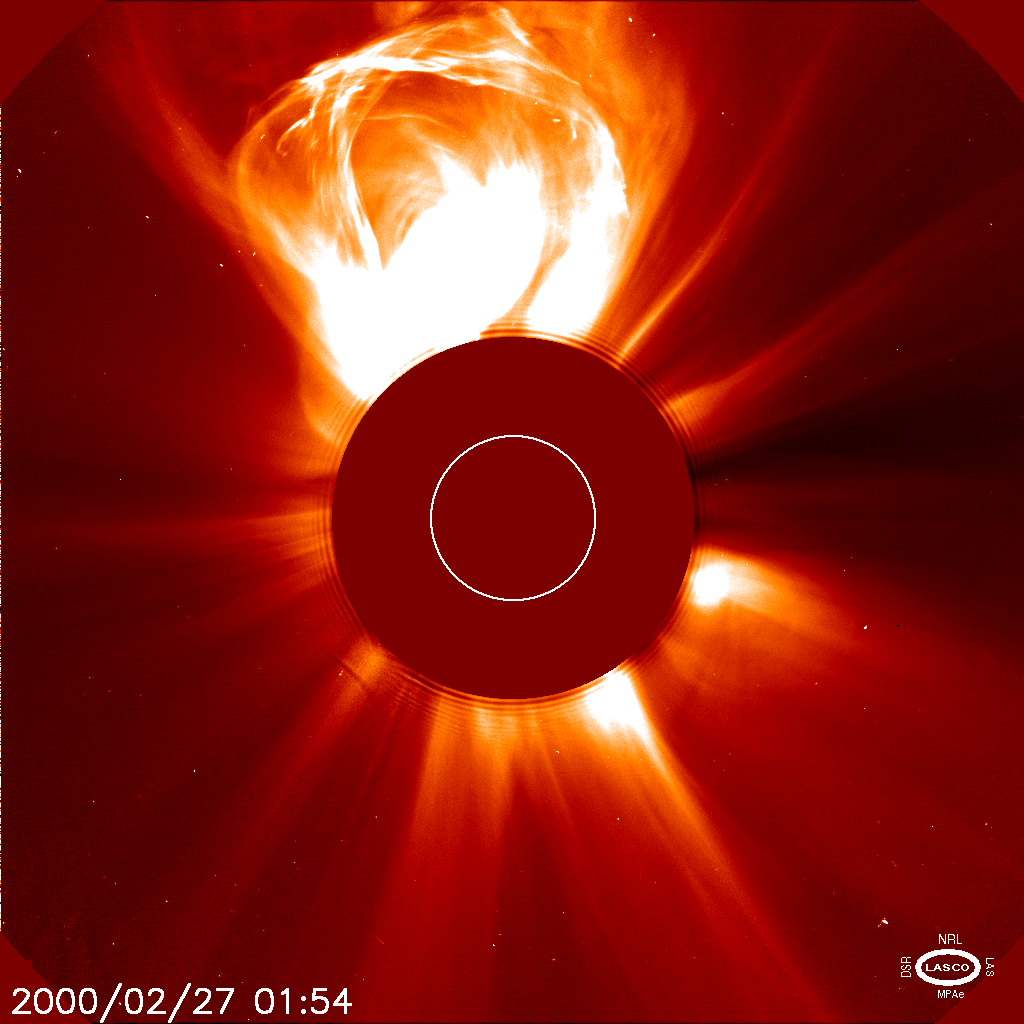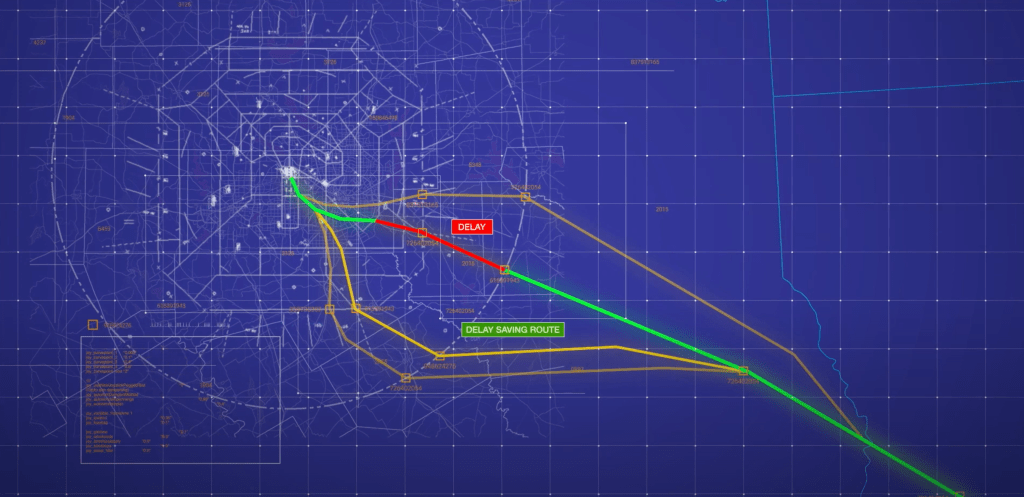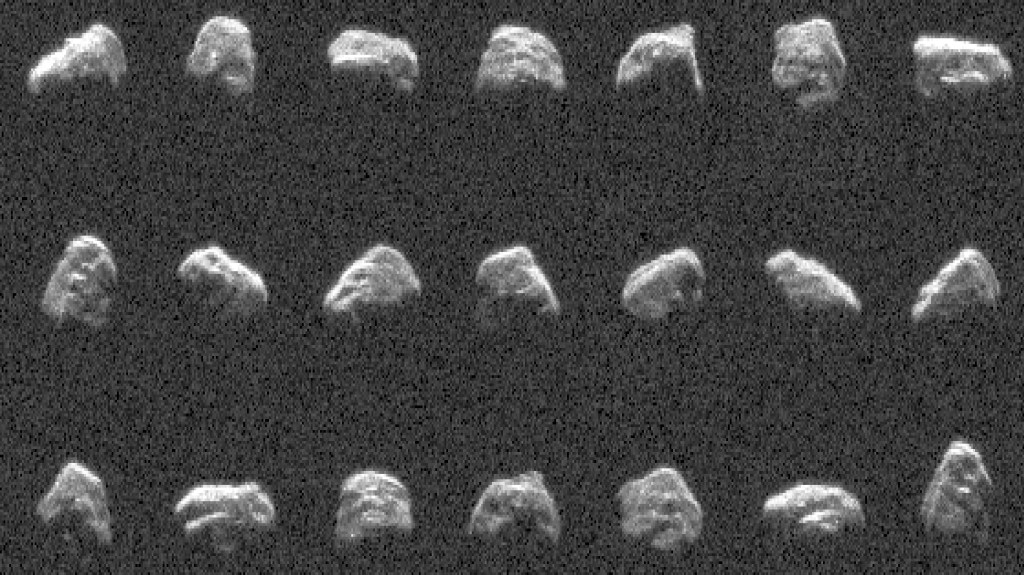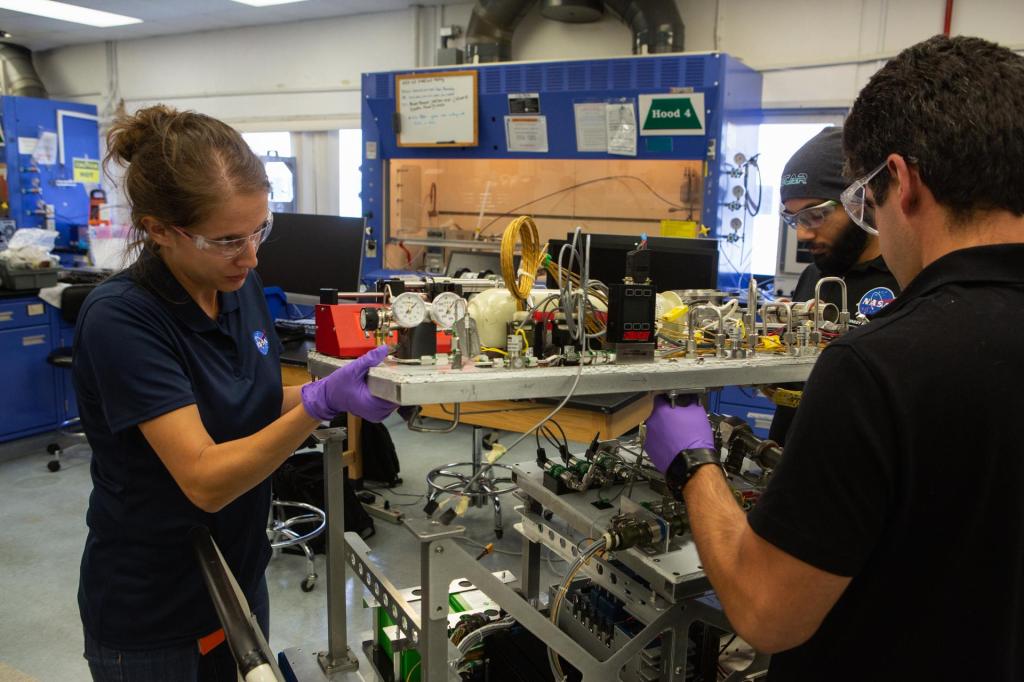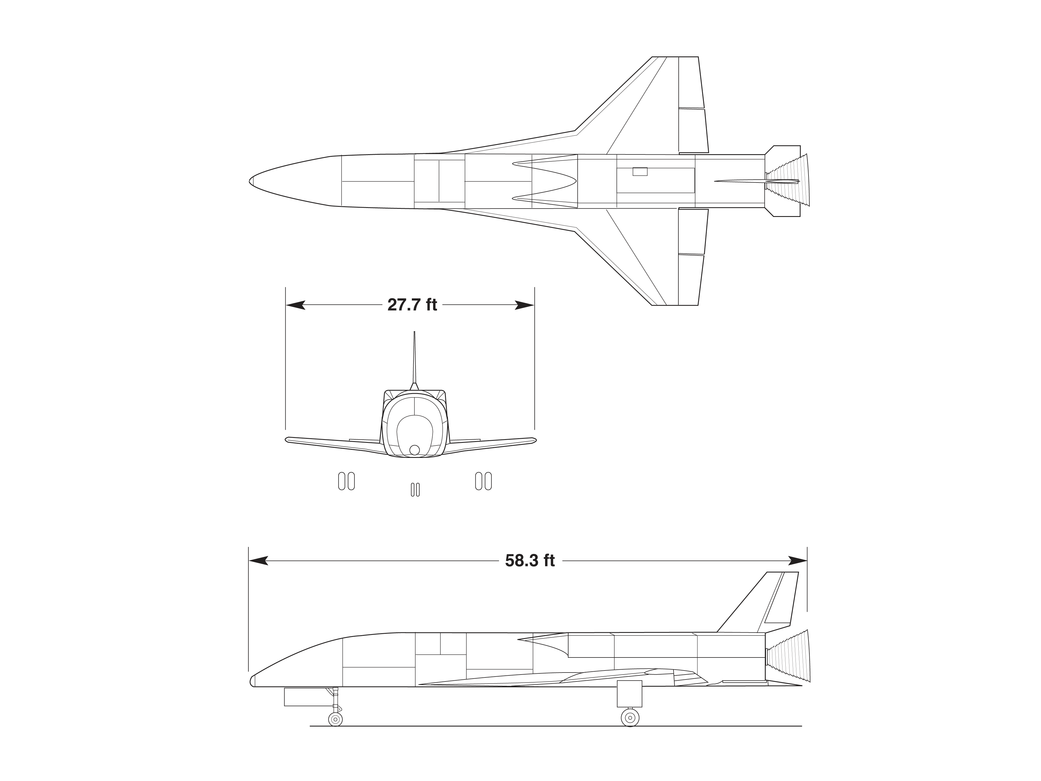EG-0095-01
NASA’s X-34 program was initiated in 1996 to provide a low-cost advanced technology flight demonstration test bed vehicle for space access and to demonstrate a streamlined management approach with a rapid development schedule and limited testing.
Initiated and managed by NASA’s Marshall Space Flight Center, the program’s objective was to build and demonstrate a space access vehicle with greater reliability than was currently available, while reducing the cost of launching payloads into orbit from $10,000 per pound to about $1,000 per pound.
To accomplish this, the craft had several unique features: lightweight composite airframe structures; reusable composite propellant tanks, tank insulation; advanced thermal protection systems capable of surviving subsonic flights through inclement weather; integrated low-cost avionics, including differential Global Positioning System and Inertial Navigation System; and integrated automated vehicle health monitoring and checkout.
A completely new rocket motor, the reusable Fastrac engine, was to be the X-34’s power. It was designed and developed by Marshall Space Flight Center engineers and built by NASA’s industry partners…Learn more


